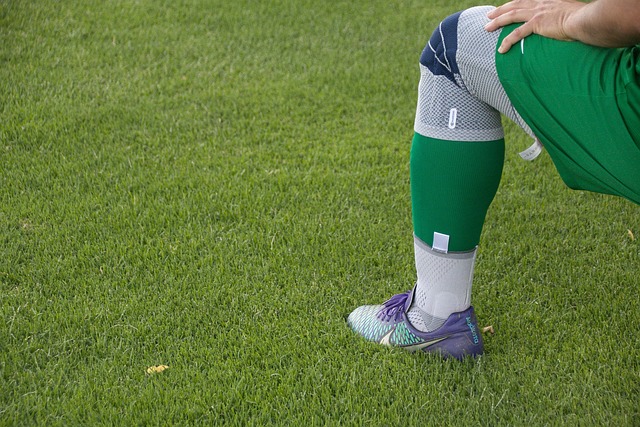Multiple dog attacks pose unique risks and require comprehensive legal scrutiny due to complex dynamics and potential severe injuries. Prioritize safety, document the scene, and capture detailed injury information, including soft tissue damage. High-quality photos and medical records are crucial for personal injury claims, similar to auto accidents or elder abuse cases, and can help establish liability when dogs owned or trained by businesses are involved.
A multiple dog attack can be a traumatic event, distinct from single-dog incidents due to its intensity and complexity. Understanding these attacks is crucial for immediate safety and thorough documentation. This guide outlines essential steps after such an incident, focusing on injury documentation. It covers types of wounds, medical records, and legal considerations, providing valuable insights for victims navigating the aftermath of a multiple dog attack.
- Understanding Multiple Dog Attacks: What to Expect and How They Differ From Single-Dog Incidents
- Immediate Steps After a Multiple Dog Attack: Safety First and Initial Documentation
- Comprehensive Injury Documentation: Types of Wounds, Medical Records, and Legal Considerations
Understanding Multiple Dog Attacks: What to Expect and How They Differ From Single-Dog Incidents

Multiple dog attacks are distinct from single-dog incidents due to their inherent complexity and potential for escalated severity. When multiple dogs involve themselves in an attack, they can act collectively or coordinate their efforts, leading to more profound and varied injuries. Unlike a single-dog encounter, which might result in specific bites or scratches, multiple dog attacks often cause a range of traumatic injuries, including deep lacerations, puncture wounds, and soft tissue damage.
Understanding the dynamics of these attacks is crucial for victims navigating product liability or business litigation related to such incidents. In cases where dogs are trained or owned by businesses, such as dog walking services or breeding facilities, the legal implications can extend beyond personal injury. Investigating factors like breed characteristics, training methods, and supervision practices may be necessary to ascertain liability for serious injuries incurred during a multiple dog attack.
Immediate Steps After a Multiple Dog Attack: Safety First and Initial Documentation

After a multiple dog attack, safety should be the immediate priority. If possible, move the victim away from the dogs and to a secure location. Call emergency services promptly for medical assistance; their training can help manage the situation effectively. While waiting for help, assess the extent of injuries but avoid moving severely wounded individuals unless necessary, as doing so could cause further harm. Take stock of the scene—note the number and types of dogs involved, any visible signs of aggression or training, and the location.
Initial documentation is crucial in potential accident settlements or employment disputes. If feasible, take pictures of injuries and any visible dog bites. Record details like the date, time, and exact location of the attack. Gather information from witnesses—names, contact details, and accounts of what they saw. These steps can help establish a clear timeline and provide valuable evidence if required later on, especially in cases involving breach of contract or disputes arising from negligence related to dog ownership.
Comprehensive Injury Documentation: Types of Wounds, Medical Records, and Legal Considerations

Comprehensive Injury documentation is paramount when dealing with a multiple dog attack. This goes beyond capturing the immediate physical wounds. Types of injuries sustained can range from bite marks, lacerations, and puncture wounds to more severe trauma such as fractured bones or deep soft tissue damage. It’s crucial to document these injuries through high-quality photographs, noting the location, depth, and extent of each wound for medical record-keeping and potential legal considerations.
Medical records play a pivotal role in personal injury claims stemming from a multiple dog attack. They provide detailed accounts of treatment, diagnoses, and prognosis. Keep thorough records of all medical appointments, treatments, medications, and prescribed therapies. These documents can be invaluable when building a strong case for compensation, especially if the incident resulted in significant physical injuries or long-term disabilities similar to those seen in auto accident injuries or elder abuse cases.
A multiple dog attack can be a traumatic event, but understanding the process of documenting injuries is crucial for safety, medical care, and legal protection. By swiftly assessing the scene, prioritizing immediate safety, and meticulously recording all wounds and medical treatments, you gather essential evidence for potential legal actions. Remember, comprehensive injury documentation for a multiple dog attack involves detailing various types of injuries, preserving medical records, and considering legal options to ensure justice and adequate compensation.






